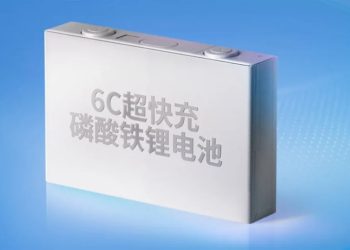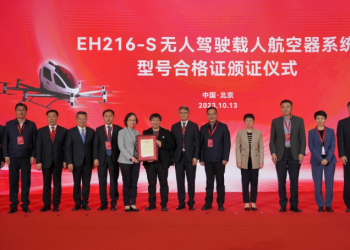Following the explorations of the German Aerospace Center (DLR-National Aeronautics and Apace Research Center) and Cambridge Quantum Computing (CQC), quantum computing will allow advances in battery simulations for electric vehicles.
With cell modeling, complete prototypes of different systems (atomic, molecular and macroscopic) can be incorporated that will improve the performance of batteries and reduce the use of scarce materials such as lithium.
DLR is trying to develop quantum and traditional computing and thanks to CQC software it will be possible to develop systems that generate a one-dimensional simulation of a lithium-ion battery cell.
For that reason, simulations will be essential in the research and development of batteries that can be used in a wide variety of real applications based on sustainable energy.
It may also interest you: Mahle develops a highly efficient magnetless electric motor
It should be noted that there are currently business associations trying to improve batteries using quantum computing. Such is the case of IBM and Daimler who in January 2020 announced a study similar to the one now presented by DLR and CQC. Other companies joining quantum technology include Samsung and Honeywell, the latter reporting a similar strategy earlier this year.
What are the improvements?
Battery cell technology results in advancements such as resource storage. With a range of electric cars that demand a large amount of energy from the electrical networks, it is essential to control when a vehicle needs to recharge its battery and when it can offer energy.
In this sense, performance at the storage level of energy from renewable sources plays an important role and in stabilizing the demand and supply curve of the electricity grid.
Additionally, battery research with quantum tools could reduce reliance on the aforementioned lithium. The metal, which has been requested in many of the technological advances of electric batteries, will cause problems in the supply chain due to its scarcity and the ethical problems of its extraction.
Written by | Gabriel Sayago











